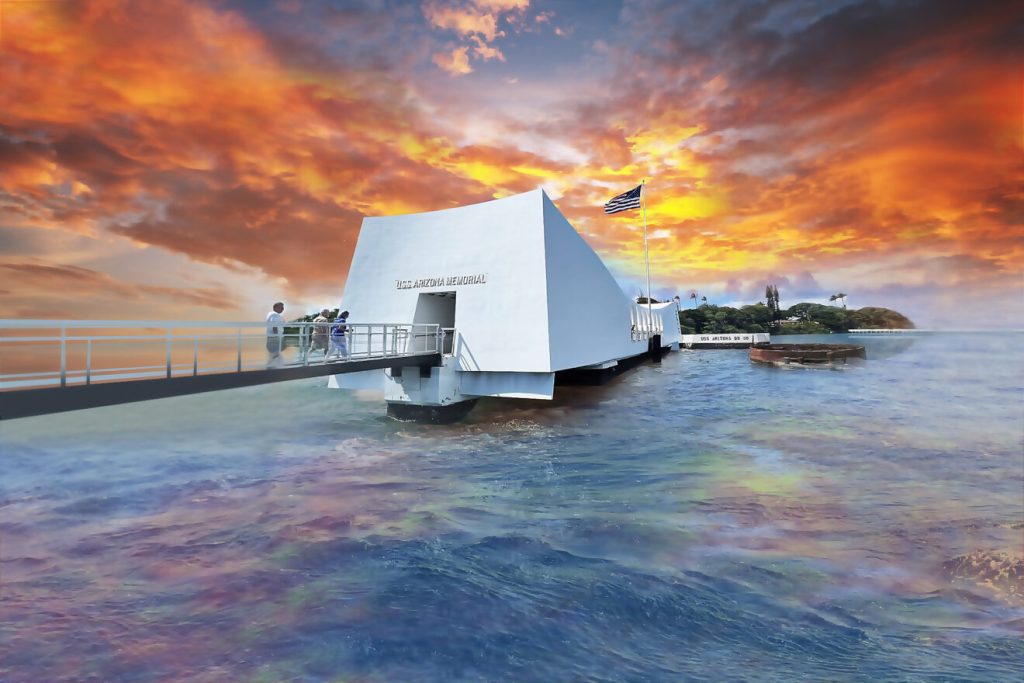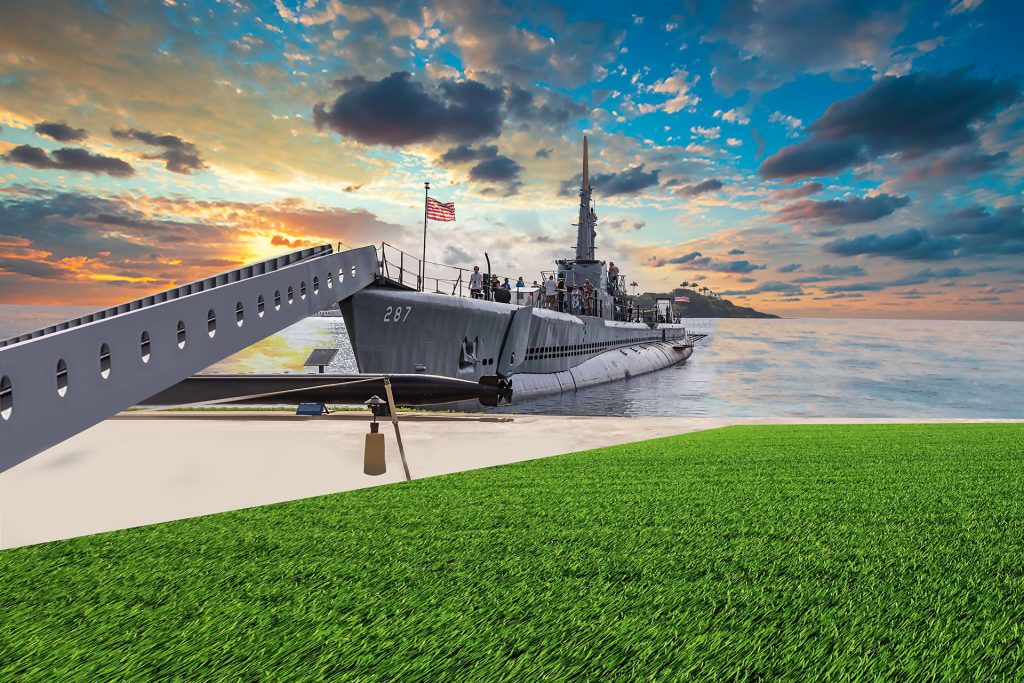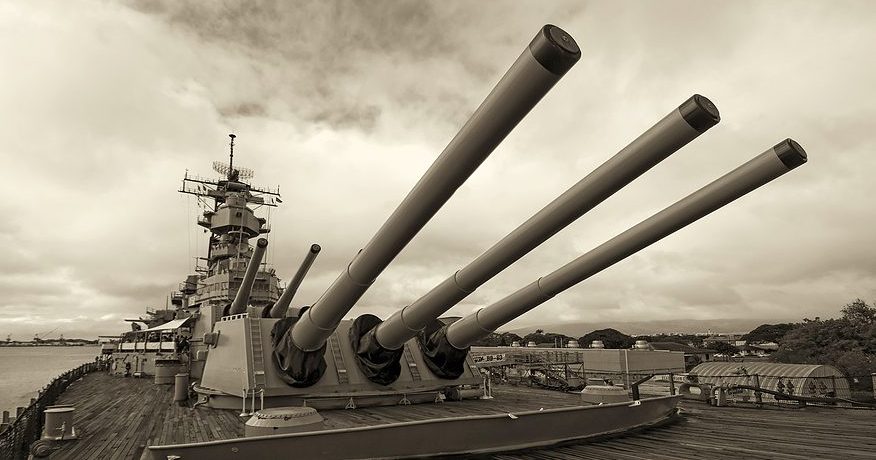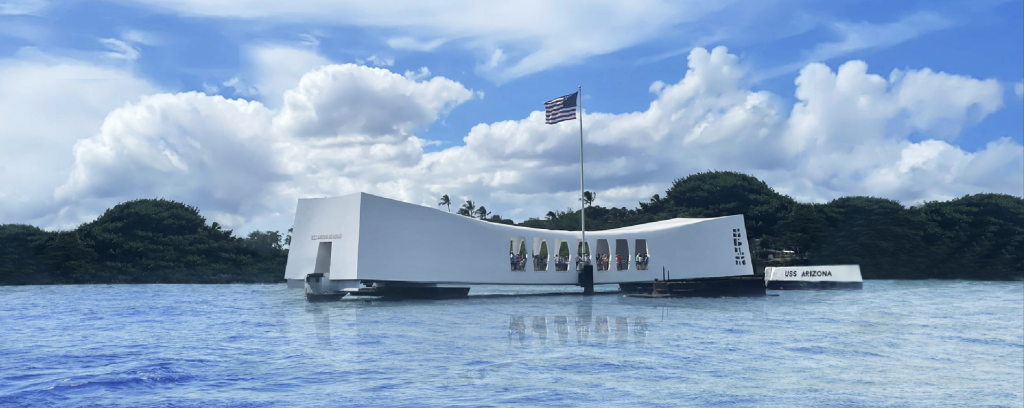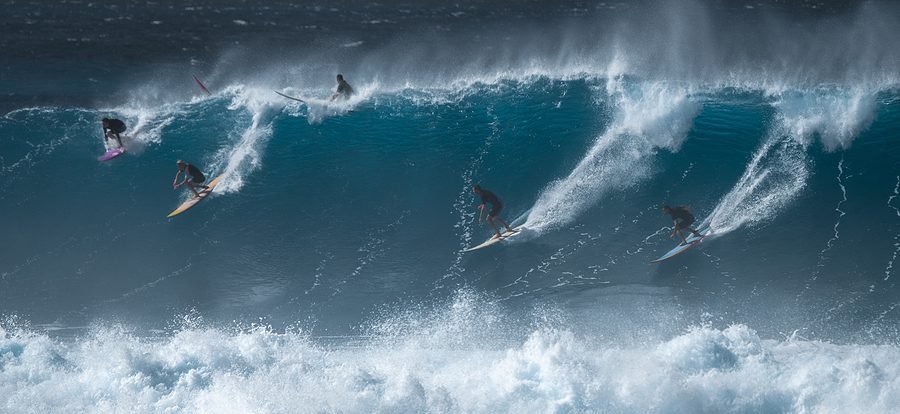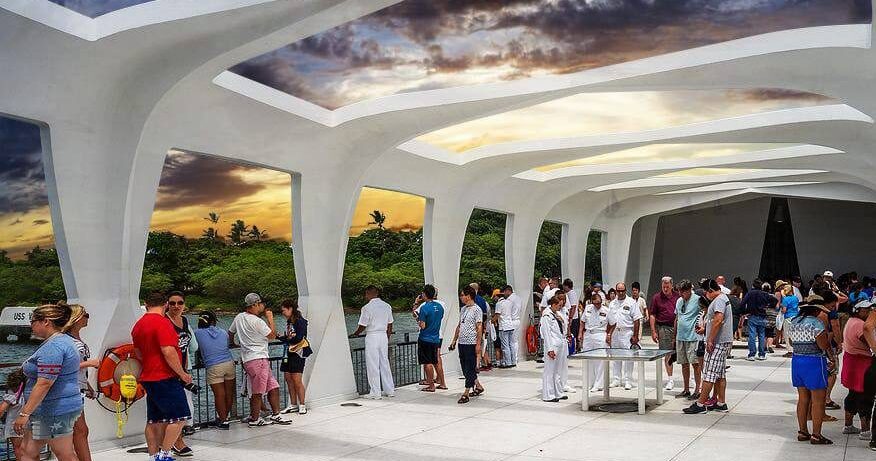Kona City Tour
Kona City Tour
Kona International Airport
(Kona Airport - KOA)
Kona, the vibrant capital of Hawaii, offers a mix of rich cultural history, modern urban appeal, and stunning natural beauty. A visit to Waikiki Beach is a must, with its famous surf, golden sands, and views of Diamond Head crater in the background. This volcanic landmark is a popular spot for hiking, rewarding visitors with panoramic views of the city and the Pacific Ocean. Nearby, the Iolani Palace stands as the only royal residence in the United States, reflecting the legacy of Hawaii's monarchy and offering a glimpse into its royal past. In downtown Kona, you'll find the King Kamehameha Statue and Ali'iolani Hale, Hawaii's Supreme Court, both of which celebrate the island's rich heritage. Kona's Chinatown is also worth exploring, with its eclectic blend of historic sites, art galleries, markets, and diverse eateries, making it a lively hub for locals and visitors alike. The nearby Punchbowl National Cemetery (or Puowaina) is a serene and respectful tribute to U.S. military personnel. For nature lovers, Hanauma Bay Nature Preserve offers snorkeling in a protected marine environment teeming with colorful fish and coral reefs, ideal for experiencing Kona's marine life up close. Magic Island and Ala Moana Beach Park provide lush parks and beaches where you can enjoy a relaxed picnic, take a stroll, or simply unwind by the ocean. These highlights reflect Kona's blend of tropical beauty, historical depth, and welcoming spirit, making it a top destination for anyone visiting Hawaii.
Washington Place

Washington Place - Historic white mansion with columns and flags - Distance from the Daniel K Inouye International Airport: 5.6 miles
Washington Place, located in the heart of Kona, is a historic and cultural landmark that embodies the rich history and evolving identity of Hawaii. Once the residence of Queen Lili'uokalani, Hawaii's last reigning monarch, Washington Place has served as a significant symbol of both royal heritage and political transition.
The stately home was built in 1847 by Captain John Dominis, whose son, John Owen Dominis, later became the husband of Queen Lili'uokalani. Initially named in honor of George Washington, the home witnessed some of the most pivotal moments in Hawaii's history. It was here that Queen Lili'uokalani composed many of her famous songs, including the beloved "Aloha Oe," and where she resided during the overthrow of the Hawaiian monarchy in 1893.
After Hawaii became a U.S. territory, Washington Place transitioned from a royal residence to the home of Hawaii's governors, serving in this capacity from 1922 to 2002. Today, it is a museum and an official state landmark, preserving the legacy of Queen Lili'uokalani while offering visitors a glimpse into Hawaii's regal and political past.
Surrounded by lush gardens and steeped in history, Washington Place remains a powerful reminder of Hawaii's journey from monarchy to modern statehood, bridging the past and present with grace and dignity.
Ali'iolani Hale and the Golden Statue of King Kamehameha

Ali{`'`}iolani Hale and the Golden Statue of King Kamehameha - Distance from the Daniel K Inouye International Airport: 5.1 miles
The Ali'iolani Hale and the golden statue of King Kamehameha are two of Hawaii's most iconic landmarks, situated in the heart of downtown Kona. These symbols of Hawaiian history and governance represent both the cultural heritage and enduring legacy of the islands.
Ali'iolani Hale, constructed in 1874, served as the first royal palace and later became the judicial hub of Hawaii. Designed in a Renaissance Revival style, this grand structure was commissioned by King Kamehameha V and initially intended to house the Hawaiian monarchy's government offices. Its name, meaning "House of the Heavenly Chief," reflects its royal origins. Today, Ali'iolani Hale is home to Hawaii's Supreme Court and houses the Judiciary History Center, where visitors can learn about the islands' legal and political history.
Standing proudly in front of Ali'iolani Hale is the striking golden statue of King Kamehameha I, the monarch who united the Hawaiian Islands in 1810. Draped in a traditional feathered cloak (ahu 'ula) and helmet (mahiole), the statue depicts the king with his right hand extended in a gesture of welcome. Adorned with lei during annual King Kamehameha Day celebrations, the statue is a powerful symbol of unity, leadership, and Hawaiian pride.
Together, Ali'iolani Hale and the King Kamehameha statue serve as a tribute to Hawaii's rich history and the resilience of its people, attracting visitors and locals alike to reflect on the islands' journey through time.
Hawaii State Capitol Building
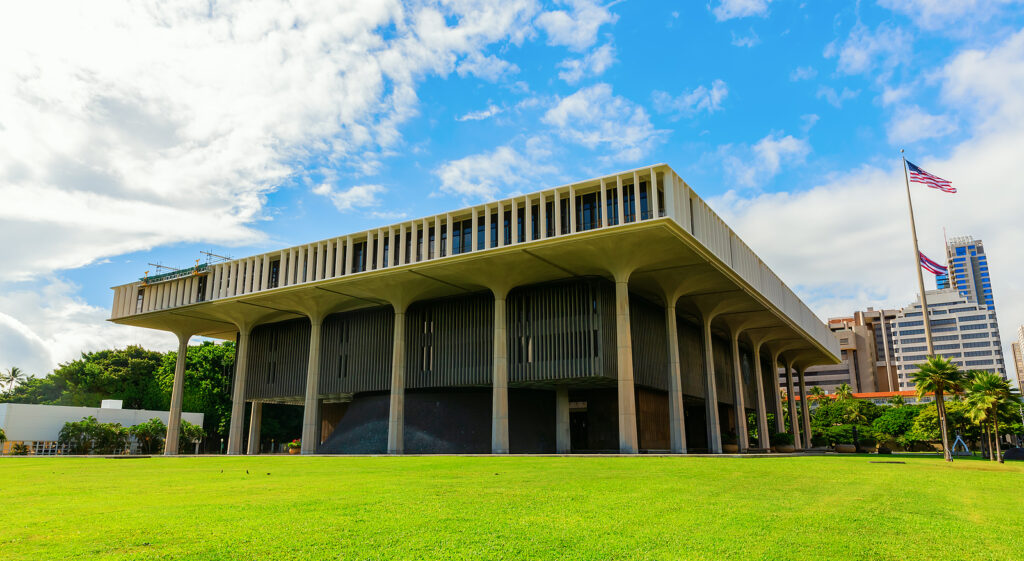
Hawaii State Capitol Building - Modern architectural structure - Distance from the Daniel K Inouye International Airport: 5.2 miles
The Hawaii State Capitol, located in downtown Kona, is a striking example of modernist architecture that uniquely reflects the natural beauty, cultural heritage, and values of Hawaii. Serving as the state government since its completion in 1969, the Capitol is home to the Hawaii State Legislature and the offices of the Governor and Lieutenant Governor.
Designed by architects Belt, Lemmon & Lo, and John Carl Warnecke, the Hawaii State Capitol breaks away from traditional government building designs, opting instead for symbolism that resonates with the islands'environment and culture. The building's open-air design reflects the idea of transparency and accessibility in governance. Its circular structure, surrounded by a reflecting pool, symbolizes the Pacific Ocean, while the columns shaped like royal palm trees evoke Hawaii's natural landscape. The cone-shaped legislative chambers within the building mirror the volcanic origins of the islands, further connecting the Capitol to Hawaii's unique geography.
Surrounding the Capitol are several key landmarks, including the Eternal Flame, a tribute to veterans, and the Queen Lili'uokalani statue, honoring Hawaii's last reigning monarch. These features, combined with the Capitol's innovative design, make it a place where modern governance meets deep cultural roots. The Hawaii State Capitol is not just a center of political activity—it is a testament to the islands' identity and history.
Iolani Palace
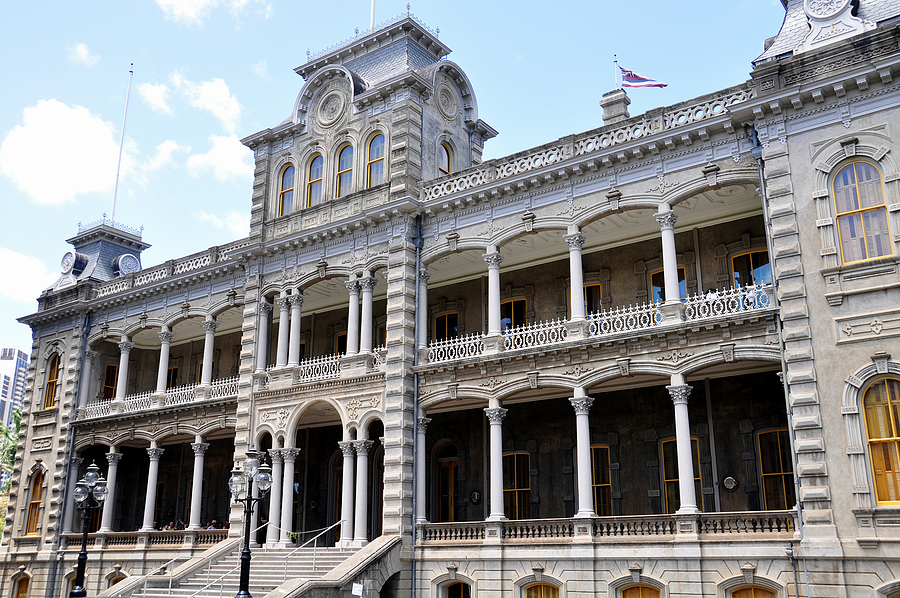
Iolani Palace - Historic Victorian-style palace - Distance from the Daniel K Inouye International Airport: 5.1 miles
'Iolani Palace, located in the heart of downtown Kona, stands as a magnificent symbol of Hawaii's monarchy and a testament to its rich history and cultural heritage. Completed in 1882 under the reign of King Kalākaua, the palace served as the official residence of the Hawaiian Kingdom's monarchs, including King Kalākaua and his successor, Queen Lili'uokalani. It remains the only royal palace in the United States, embodying the grandeur and sophistication of Hawaii's unique royal past.
The architectural design of 'Iolani Palace is a blend of Western and Hawaiian styles, referred to as "American Florentine." Its opulent interior features grand staircases made of koa wood, elegant European-inspired furnishings, and stunning chandeliers. The palace was also ahead of its time, boasting modern amenities such as electricity and indoor plumbing before even the White House had them.
'Iolani Palace was not just a royal residence; it was the center of Hawaiian political and cultural life. It witnessed historic moments, including the overthrow of the Hawaiian monarchy in 1893. Today, the palace operates as a museum, preserving the legacy of Hawaii's kings and queens. Visitors can explore its elegant rooms and learn about the events that shaped Hawaii's history, making 'Iolani Palace a profound connection to the islands' past.
Beautiful Kalakaua Street
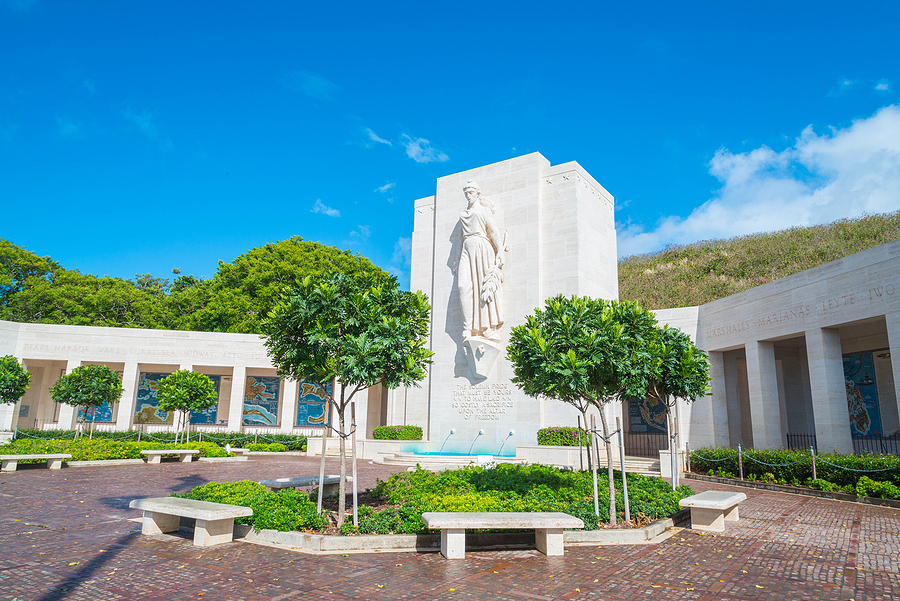
Kalakaua Street - Colorful tour bus with beach in background - Distance from the Daniel K Inouye International Airport: 8.8 miles
Kalakaua Avenue, the bustling heart of Waikiki, is a vibrant thoroughfare that captures the essence of Kona's charm and energy. Named after King David Kalakaua, Hawaii's"Merrie Monarch," this iconic street stretches along Waikiki's golden coastline, offering a blend of luxury, culture, and natural beauty. Flanked by swaying palm trees and the shimmering Pacific Ocean on one side and world-class hotels, shops, and restaurants on the other, Kalakaua Avenue is the ultimate destination for visitors seeking a dynamic Hawaiian experience.
By day, the avenue comes alive with the hum of activity as beachgoers stroll between its white sand beaches and its high-end shopping boutiques. Flagship stores, local craft shops, and cultural landmarks like the Royal Hawaiian Center and International Market Place provide endless opportunities for exploration. Along the way, open-air cafes and gourmet restaurants invite visitors to savor everything from authentic Hawaiian poke bowls to global cuisine, all while enjoying ocean breezes.
As the sun sets, Kalakaua Avenue transforms into a lively promenade illuminated by tiki torches and city lights. Street performers, live music, and hula dancers create a festive atmosphere, embodying the aloha spirit. Whether for leisure, dining, or nightlife, Kalakaua Avenue is an enchanting showcase of Hawaii's unique blend of tradition and modernity.
Diamond Head Crater
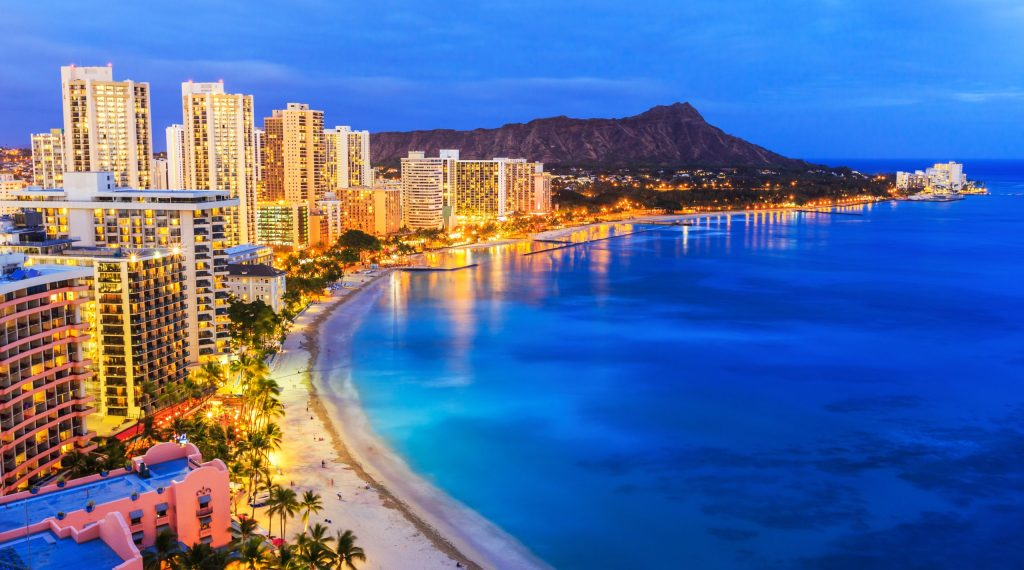
Diamond Head Crater - Aerial view of the volcanic crater - Distance from the Daniel K Inouye International Airport: 11.4 miles
Diamond Head Crater, or Lē'ahi as it is traditionally known in Hawaiian, is one of Oahu's most iconic landmarks. This ancient volcanic crater, formed over 300,000 years ago, rises majestically on the southeastern coastline of the island, providing breathtaking views and a rich historical narrative that draws visitors from around the world.
The name "Diamond Head" originated in the 19th century when British sailors mistook the sparkling calcite crystals embedded in the crater's lava rocks for diamonds. Today, it is recognized not for gemstones, but as a symbol of Hawaii's natural beauty and geological history.
The Diamond Head State Monument, encompassing the crater, offers an unforgettable hiking experience. The 0.8-mile trail to the summit winds through rugged terrain, switchbacks, and even a tunnel, but the effort is well worth it. At the peak, visitors are rewarded with panoramic views of Waikiki, the Pacific Ocean, and Kona's sprawling cityscape.
Beyond its natural allure, Diamond Head holds historical significance as a strategic military outpost. Fortified in the early 20th century, it housed bunkers and observation stations, remnants of which can still be explored.
A visit to Diamond Head Crater offers a unique blend of adventure, history, and awe-inspiring vistas, embodying the spirit of Hawaii's vibrant landscape.
National Memorial Cemetery of the Pacific
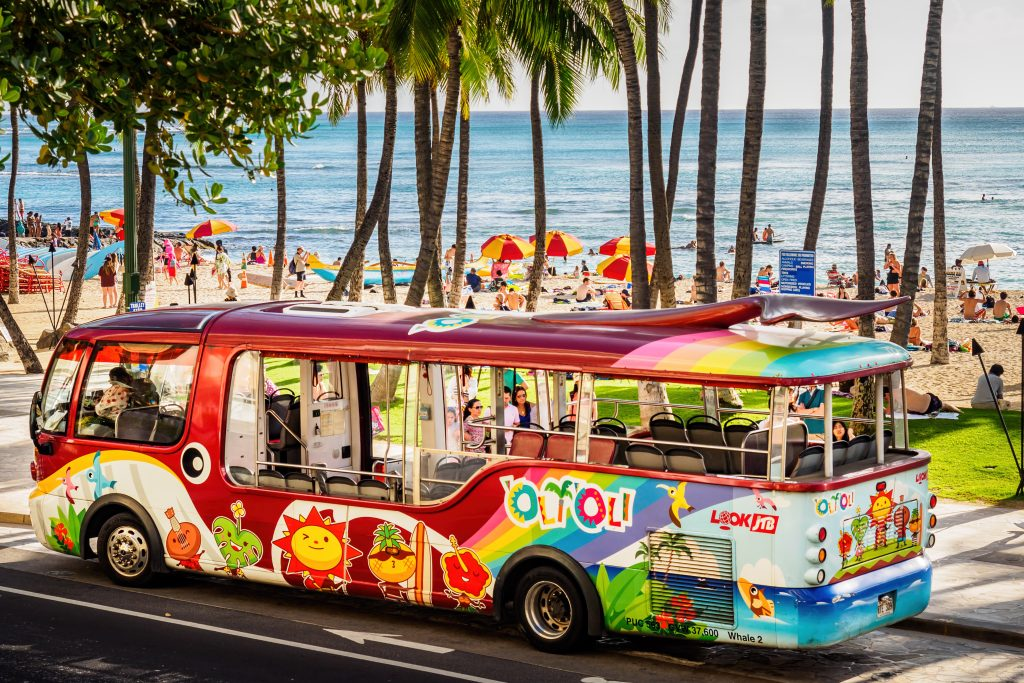
National Memorial Cemetery of the Pacific - Memorial with white statue - Distance from the Daniel K Inouye International Airport: 6.2 miles
The National Memorial Cemetery of the Pacific, located within the serene confines of Punchbowl Crater in Kona, is a place of profound reverence and beauty. Known locally as Puowaina, which translates to "Hill of Sacrifice," this historic site honors the men and women of the United States Armed Forces who gave their lives in service to their country. Established in 1949, the cemetery is one of the most visited and cherished landmarks in Hawaii, drawing visitors from around the world.
Nestled within an extinct volcanic crater, the cemetery's location offers sweeping views of Kona, including Diamond Head and Waikiki. The natural beauty of the site is enhanced by its meticulous landscaping, including rows of gravestones that stand as silent tributes to the fallen. The Memorial Walkway, adorned with plaques and dedications, tells the stories of bravery and sacrifice through the lens of various military campaigns.
At the heart of the cemetery is the stunning Courts of the Missing, an expansive memorial engraved with the names of over 28,000 service members who remain unaccounted for from conflicts including World War II, the Korean War, and the Vietnam War. The serene and reflective atmosphere of the cemetery serves not only as a place of remembrance but also as a reminder of the enduring cost of freedom.
Waikiki Beach
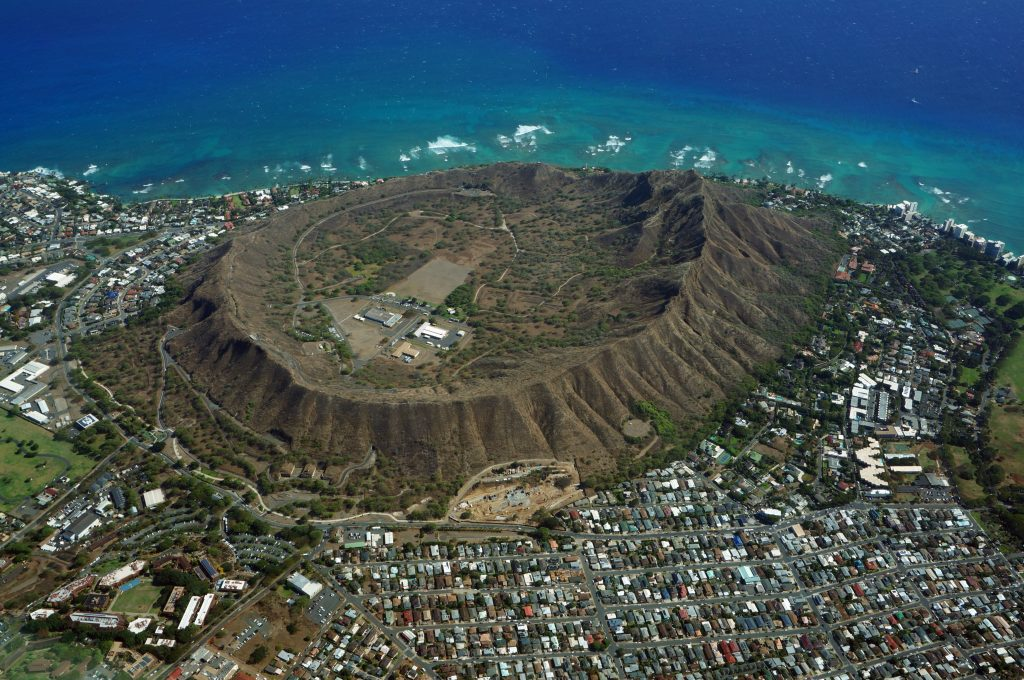
Waikiki Beach - Beautiful beach with city skyline and Diamond Head in background - Distance from the Daniel K Inouye International Airport: 9.0 miles
Waikiki Beach, nestled on the south shore of Oahu, is one of the most iconic and beloved destinations in the world. Renowned for its golden sands, gentle waves, and vibrant energy, Waikiki offers a unique blend of natural beauty and urban charm, making it paradise for travelers and locals alike.
Historically, Waikiki was a retreat for Hawaiian royalty, who enjoyed its calm waters and breathtaking views of Diamond Head. Today, it continues to embody the spirit of aloha, drawing millions of visitors each year to experience its world-famous beach life. The shoreline stretches for two miles, lined with luxury resorts, bustling shops, and diverse dining options, creating a lively and welcoming atmosphere.
The beach is ideal for a variety of activities, from surfing and paddleboarding to snorkeling and catamaran rides. Its gentle waves make it an excellent spot for beginners learning to surf, while its clear waters invite swimmers and sunbathers to relax under the Hawaiian sun. As the day transitions to evening, Waikiki Beach transforms into a magical setting for stunning sunsets, with the ocean reflecting hues of orange, pink, and purple.
Waikiki Beach isn't just a destination; it's an experience that captures the essence of Hawaii's beauty, culture, and vibrant energy.
Ask A Question About Private Oahu Customized Tour
Choose and Book Your Preferred Tour From
Kona International Airport (Kona airport)
Bold text uspendisse lobortis aliquam lacus, vitae lacinia purus viverra vitae. Nulla facilisi. Duis efficitur, neque id egestas blandit, arcu lorem commodo justo, non aliquam arcu nulla et libero. Link inside text, massa quis molestie venenatis, erat enim faucibus sapien, eget elementum risus sapien vel turpis. Fusce vestibulum suscipit sem, vel gravida neque maximus ut. Duis dignissim enim at lorem auctor consequat. Ut neque dui, dapibus nec molestie quis, facilisis nec odio. Proin faucibus sodales tincidunt. Proin a gravida mauris. Nam bibendum rutrum blandit. In sit amet ornare erat. Curabitur nec diam sit amet eros gravida mollis. Vestibulum in lectus venenatis, tempor mauris et, malesuada nulla.
Private Pearl Harbor Memorial Tours
Kona International Airport

